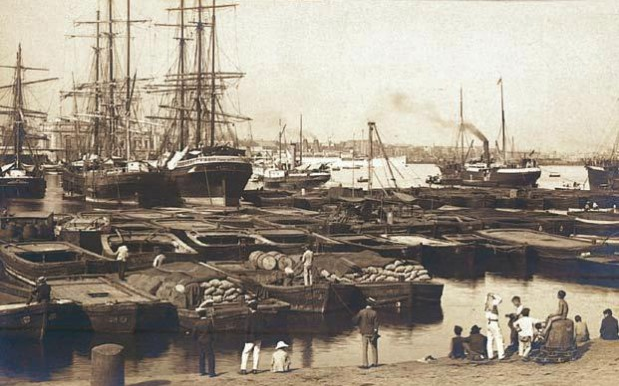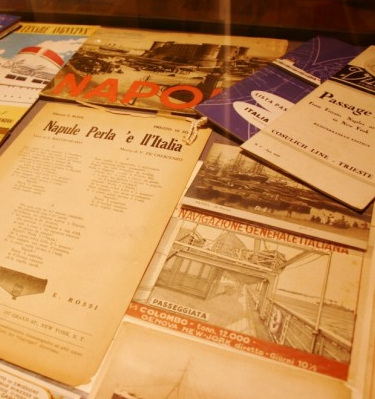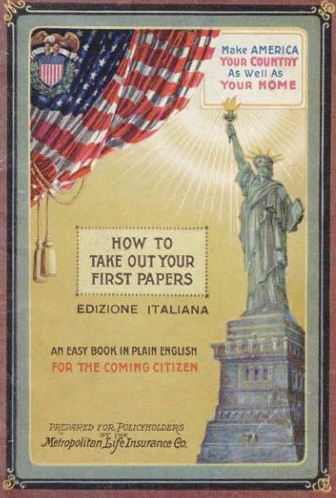Videre Neapolim et Mori
“Videre Neapolim et Mori” is an expression that has dubious origins. There are those who read it as “See Naples and then die,” because once you’ve seen Naples you’ve seen it all, and there thus is no need to see anything else! Or, as the expression has also been interpreted, “See (the great/big city of) Naples and then (the small city of) Mori.” Once you’ve seen Naples, you then must go on to Mori. One problem with this second interpretation is that the ancient city of Mori remains an enigma; in Italy today, Mori is a small city in northern Italy, in the Alto Adige. Nonetheless, whatever the phrase’s origin may be, let us just say that once you’ve seen Naples, you have surely seen it — most of it, at least— all.
People in the United States know Naples for certain aspects of its more modern history; two might be, (1) Italian emigration, and (2) a certain organized criminality associated with the city and its region. Indeed, we need to be aware of such things; it helps us better understand our history. But we also need to let people see the flip side of that coin.
The flip side, for the Americans, will let them know that Naples is rich with culture; indeed, it has been a richly cultured city for centuries, with an international sphere of influence to boot. Philosophy (Fonseca Pimentel, Filangeri, Vico, Croce), Music (Scarlatti, Rossini, Merola, Daniele), Cuisine (fish, pasta, pizza, processing of tomatoes), Religion (Cathedral of San Gennaro and its world-wide appeal, other churches that are the burial sites of historic figures), Performing Arts (De Filippo, Martone, Sastri, Servillo, Sorrentino, Totò, Troisi, the “opera buffa”), Literature (Basile, Serao, Di Giacomo, Malaparte, Saviano), together with other societal and cultural movements, have made Naples one of the most significant cities of western Europe, a major center for the Baroque in the seventeenth century, second only to Paris.
Today, it is the ninth largest city in the European Union and it remains one of the largest within the Mediterranean. So, yes, Naples remains ever today that magnificent city of wonders, with its neighboring Vesuvius, two entities, individual in their own rights, with a liberating spirit that reminds us of the mythical Masaniello.
Thus, to celebrate Naples and its parallel destiny with our own New York City, we have invited Naples’s mayor Luigi de Magistris and Monsignor Gennaro Matino to the John D. Calandra Italian American Institute for a symposium on Italian emigration to the United States.




































i-Italy
Facebook
Google+
This work may not be reproduced, in whole or in part, without prior written permission.
Questo lavoro non può essere riprodotto, in tutto o in parte, senza permesso scritto.